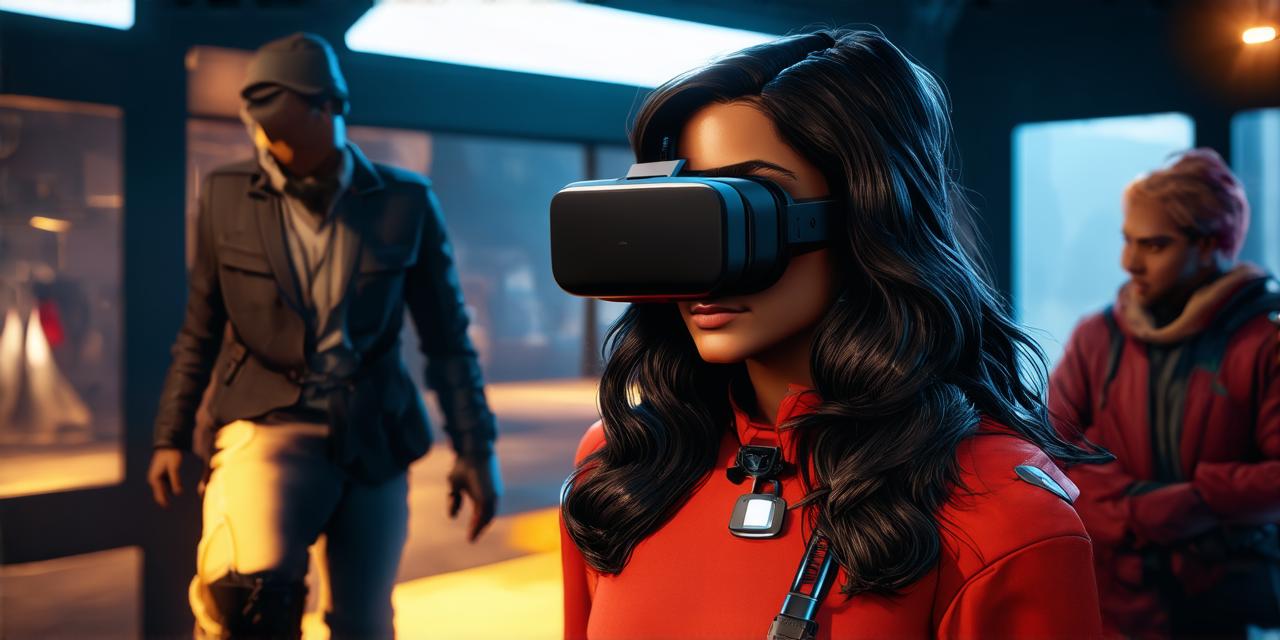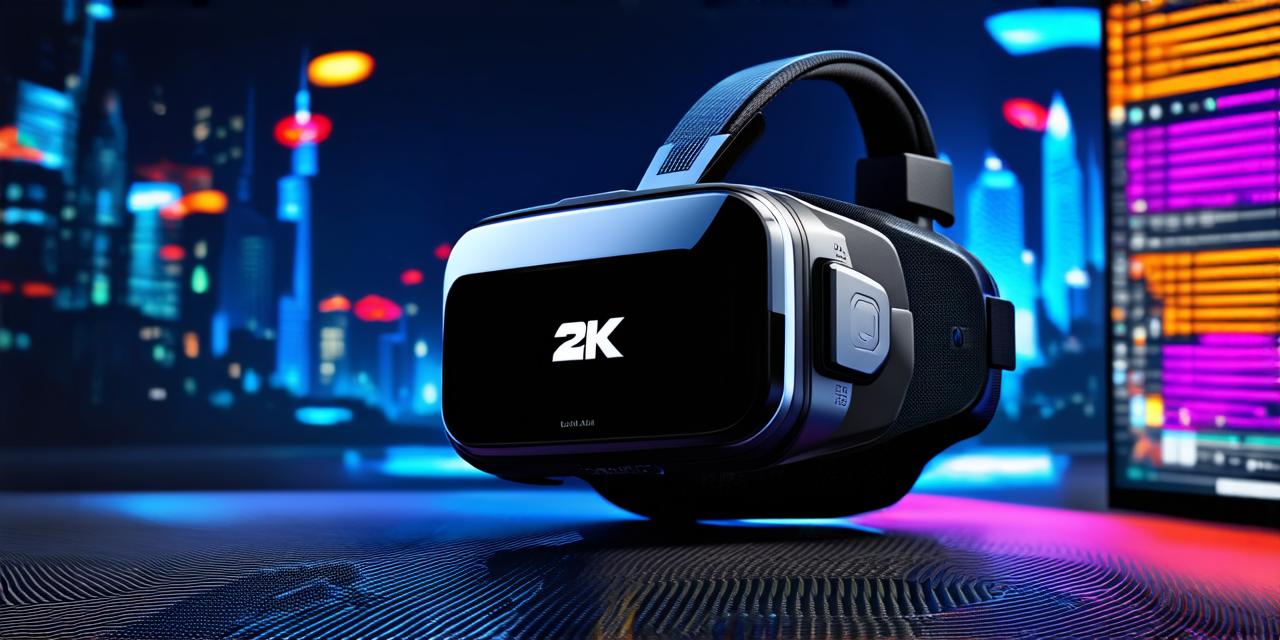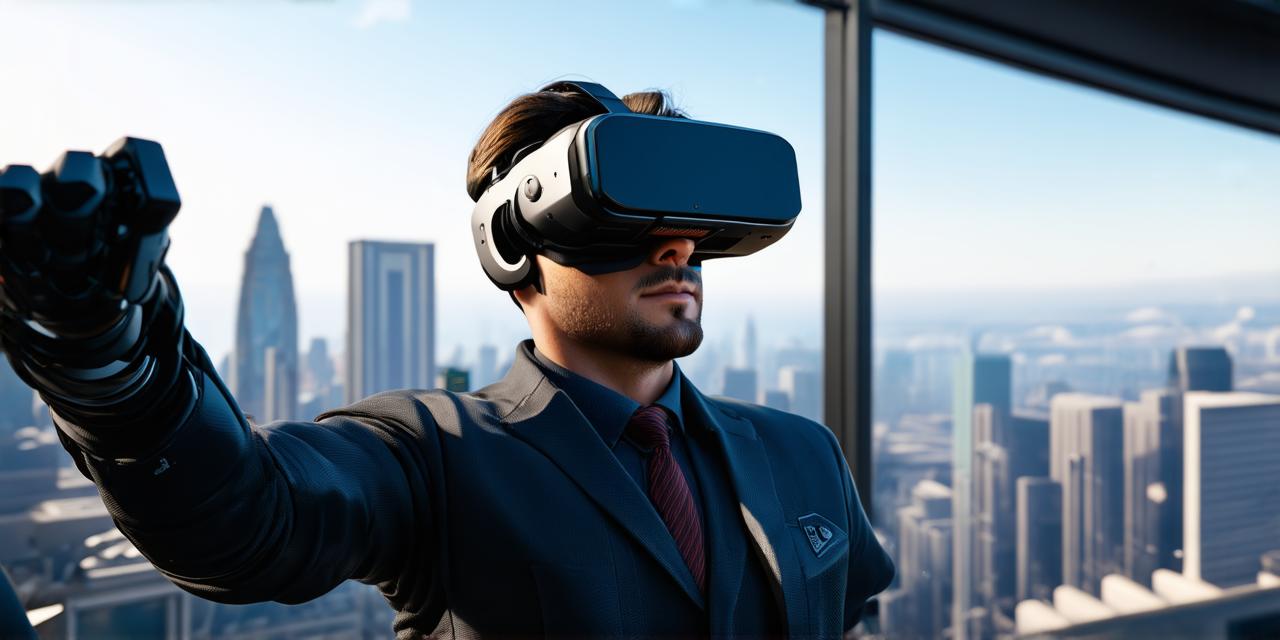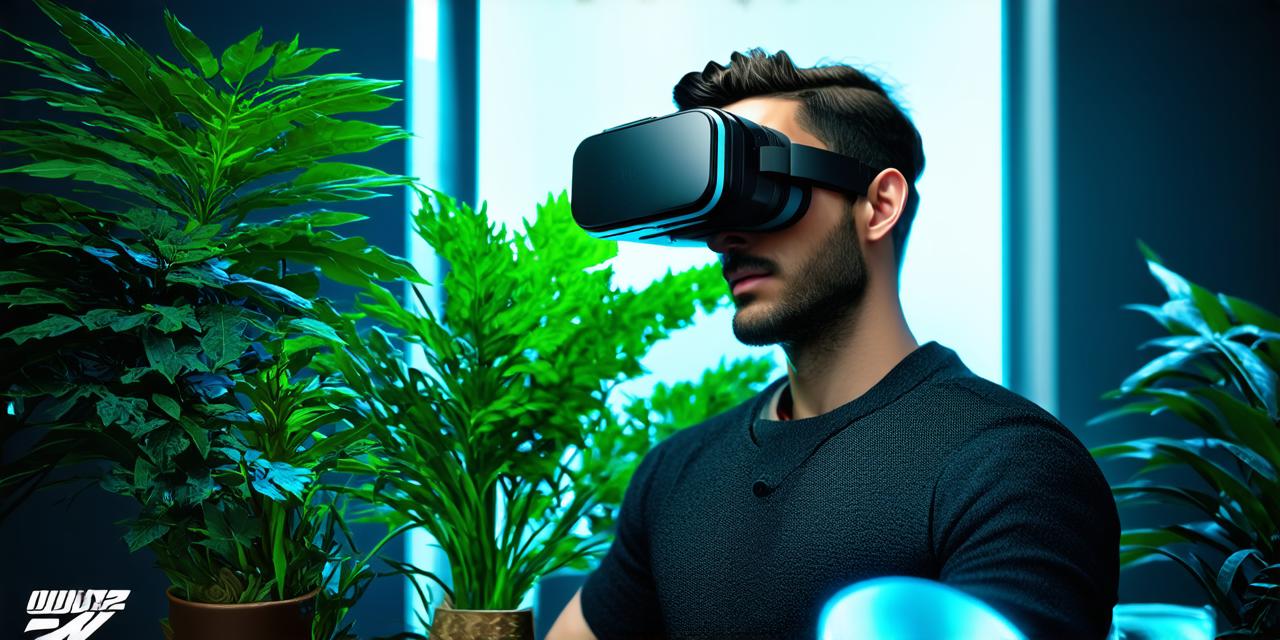Empathy is the ability to understand and share the feelings of others. It’s an essential skill in building meaningful relationships, promoting social cohesion, and creating a more compassionate world. One tool that has emerged as an effective way to foster empathy is virtual reality (VR).
Virtual Reality: An Immersive Experience
Virtual reality technology provides users with an immersive experience that simulates a physical environment in a digital format. It allows users to interact with the virtual world and engage with others in new and innovative ways. In the context of empathy, VR can be used to provide users with a unique perspective on the experiences of others.
For example, VR technology can be used to create simulations of different cultures, lifestyles, and backgrounds. Users can experience what it’s like to live in another country or walk in someone else’s shoes. By immersing themselves in the virtual world, users can gain a deeper understanding of the challenges and opportunities faced by others.
Virtual Reality: A Tool for Empathy Education
Virtual reality technology can also be used as a tool for empathy education. It provides an interactive and engaging way for students to learn about different cultures, histories, and perspectives. By using VR simulations, students can experience the world from different points of view and develop a deeper understanding of the human condition.
For example, a study conducted by researchers at the University of California found that VR simulations can improve empathy in college students. The study found that students who used VR simulations to experience the life of a refugee were more likely to support policies that helped refugees than those who did not use VR.
Virtual Reality: A Tool for Therapy and Counseling
Virtual reality technology can also be used as a tool for therapy and counseling. It provides a safe and controlled environment for patients to confront their fears, anxieties, and traumas. By using VR simulations, patients can work through their issues in a virtual world that is designed to mimic real-life situations.
For example, a study conducted by researchers at the University of Washington found that VR exposure therapy was effective in reducing symptoms of post-traumatic stress disorder (PTSD) in veterans. The study found that veterans who used VR simulations to confront their traumas were less likely to experience flashbacks and other PTSD symptoms than those who did not use VR.

Virtual Reality: A Tool for Empathy in the Workplace
Virtual reality technology can also be used as a tool for empathy in the workplace. It provides an interactive and engaging way for employees to learn about different cultures, backgrounds, and perspectives. By using VR simulations, employees can develop a deeper understanding of their colleagues and improve communication and collaboration.
For example, a study conducted by researchers at Stanford University found that VR simulations can improve empathy in workplace teams. The study found that teams who used VR simulations to experience the life of a colleague were more likely to collaborate effectively than those who did not use VR.
Summary
Virtual reality technology provides an immersive and engaging way to foster empathy. It can be used as a tool for education, therapy, counseling, and workplace collaboration. By providing users with a unique perspective on the experiences of others, VR can help bridge cultural divides, reduce prejudice, and promote compassion and understanding. As technology continues to evolve, it’s likely that VR will become an increasingly important tool for empathy in our rapidly changing world.




